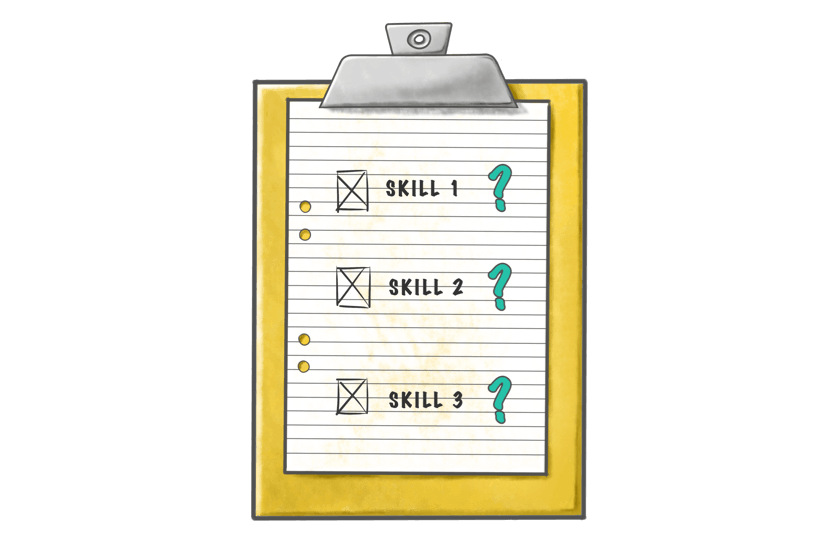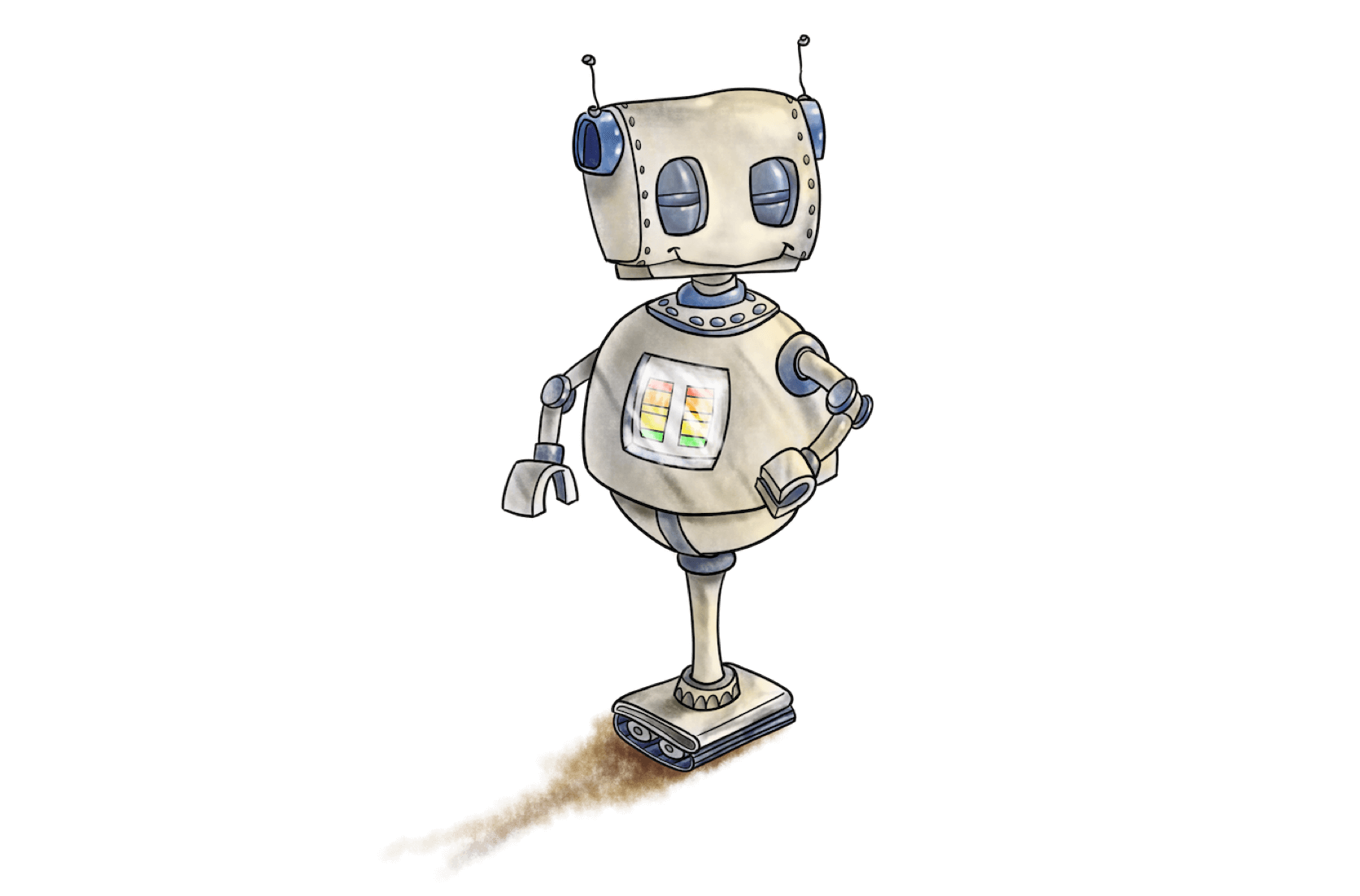
Everyone loves a good us vs. them story.
Batman vs the Joker. Superman vs. Lex Luthor. Sydney Swans vs the Giants.
But, personally, I’d like to see a story where Batman and the Joker join forces to tackle some of the biggest problems facing Gotham City.
Not sure where I’m going with this?
Well, in the workplace learning industry, there are two general ways to learn: microlearning and macrolearning.
At Yarno, microlearning is our bread and butter. Microlearning is a style of learning where knowledge is communicated to the learner through bite-sized chunks - making them easier to process, and go on with your day. Microlearning makes remote learning much easier, and boosts learner engagement by make learning accessible, easy, and fun. Bite-sized chunks of learning also makes retention of the content easier through spaced repetition.
Macrolearning is, well, the opposite. Spending three hours in a lecture, reading a 200-page textbook, or attending a day-long seminar. A lot of information being fired at you in one sitting. It’s both a time and mental investment, but macrolearning opens the door to complex topics by building a base-level understanding, then adding information until you’ve mastered the topic.
Basically: microlearning = small learning, and macrolearning = big learning. What it says on the tin.
But, contrary to popular belief, microlearning vs. macrolearning isn’t one of the great rivalries of our time. In fact, it’s not even a rivalry at all. In fact, they may even go hand-in-hand as they work together to conquer some of learning’s greatest challenges.
What is a blended learning environment?
Blended learning refers to - believe it or not! - a learning style that blends together different styles of teaching.
We’re talking about a mixture of face-to-face learning, online learning, bookish learning, synchronous and asynchronous - a mixture of microlearning and macrolearning. You might run a one-day macrolearning course on the training content, and then deliver microlearning over the next few weeks to refresh the content. Essentially, you’re changing up the way the learner’s brain intakes information so they're not getting too much of one style.
Why is this important to consider?
Well first and foremost, it’s important to remember that people learn in different ways. There is no one-size-fits-all approach. Blending the learning environment allows for a variety of learning styles to engage with the content and maximise their opportunity to take it in.
This isn’t a radical concept. In 1992, Fleming and Mills put forward that there are four key qualities of learning content. Every teacher and student has a preference for one, according to how their brain has been wired.
These four qualities are visual learning, auditory learning, reading/written, and kinaesthetic. Some people prefer to watch a documentary while others would prefer to read a book. Some people prefer being lectured to over self-driven learning. When you’re trying to train, say, a nationwide customer-facing retail team, it’s important to recognise that only issuing one option for learning is not going to help everyone.
That's why blending learning is so effective - it’s a more holistic approach to learning that gives more opportunities for people to maximise the effectiveness of the learning.
Defeating learning challenges
So let’s look at some of the biggest challenges in learning right now that can be defeated with a blended learning approach.
Learner engagement is always a challenge, and effectively encouraging people to learn can be a tricky one. Switching out macrolearning with microlearning is a great way to tackle engagement. Given our brains can be easily overloaded, delivering shorter bursts of information is a great way of reducing cognitive loads and keeping learners engaged for the amount of time it takes to absorb the knowledge.
Multigenerational workforces can also be a challenge in workplace learning, with differing levels of native tech fluency, and priority of career development. Younger generations tend to prefer to engage with digital learning, whereas older generations may prefer traditional classroom methods. By delivering blended learning, you are combining the best of both worlds, and catering to demand from both sides. You can then design programs that introduce one to the other, such as targeting developing tech skills.
Another challenge that can be overcome with blended learning is developing power skills. Power skills cover a lot of ground, and can rarely be developed with a one-size-fits-all approach. Being able to learn about, then practise, then embed, the skill is a really powerful way to learn, and effective power skills training relies on a combination of macro and microlearning.
Budget and time restraints can also cause a problem when developing training programs. By blending microlearning and macrolearning, you can ensure a return on your learning investment, while also minimising the time cost associated with training. If you are required to bring everyone in for a training demonstration, chances are they’ll lose 70% of what they remember in the first 24 hours! By complementing an in-person macrolearning day of training with a microlearning campaign, you can maximise a learner’s chance of remembering the content, instead of needing to bring in everyone again to reiterate the content.
And these are only a few of the challenges that can be tackled with blended learning. Remote and hybrid learning is here to stay, so being able to be flexible with your learning approach is vital to continue upskilling your team.
Micro and macro, working together
Yarno is a microlearning platform, but we work closely with our customers to upskill their teams, to ensure they are closing those knowledge gaps and meeting all their business goals. Sometimes, this requires rolling out microlearning alongside, or after learners have undertaken, macrolearning. For example, we might roll out an embed campaign following a day-long training session to make sure the knowledge is cemented into the learner’s long-term memory, and they can more easily access that knowledge when they need to recall it in their day-to-day work.
To learn about the big impact little bites of learning can have, download our microlearning whitepaper.













































































































